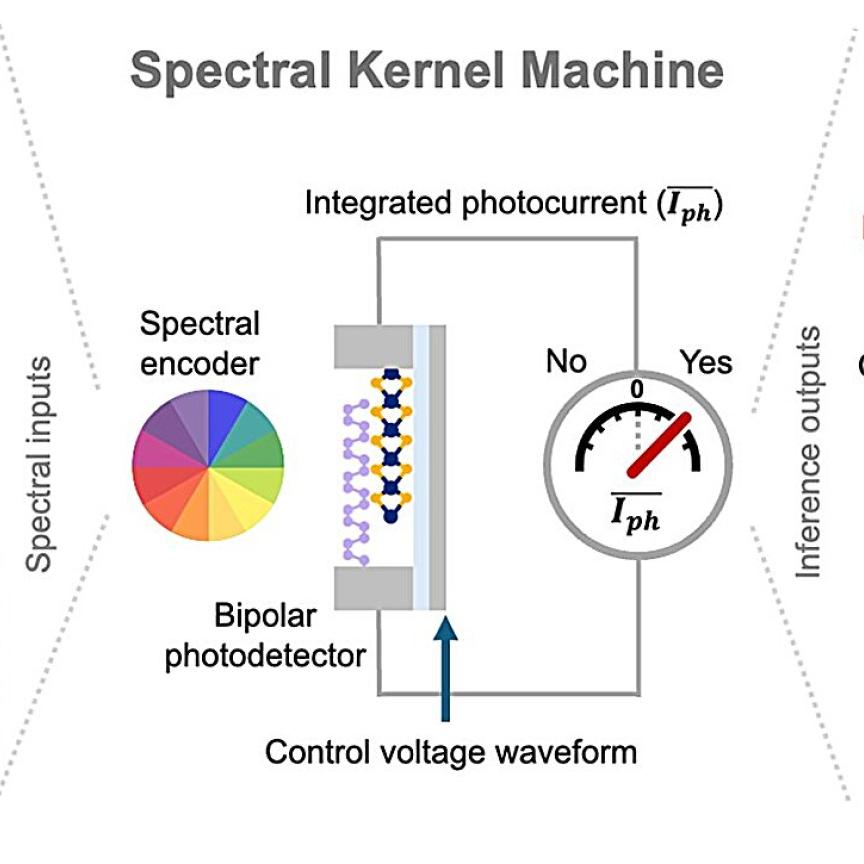Fruits provide excellent nutritional benefits such as vitamins, proteins or fibers, and are often consumed in dried form as a handy, healthy snack. While the drying process preserves the fruit longer than storing it fresh, it may also cause a significant loss of volatile nutrients. Contamination is also a major issue, of course, as it is with all foods. Chromasens, along with researchers from the University of Applied Sciences in Konstanz, Germany, joined together to design a novel multi-spectral imaging system to inspect fruit during the drying process by acquiring information regarding the relationship between the estimated surface reflectance spectra and measured chemical values. This way quality changes can be monitored inline during the process using only one single measuring device.
Traditionally, measuring the retention of nutrients in dried fruit required complicated chemical analyses. It is also possible to predict the intrinsic properties of fruits using spectroscopic methods, yet spectrometers deliver huge amounts of data that have to be saved, processed, analyzed, and interpreted. In modern approaches in drying technology, a substitution of these analysis techniques was needed. This is why the team from Chromasens and the University of Applied Sciences engineered the multi-spectral snapshot imaging system capable of simultaneously acquiring 12 distinct spectral image channels within a fruit drying chamber. Based on a pre-defined calibration, spectral surface reflectance data can be estimated on a pixel-by-pixel basis from the image data.
To conduct the research, mangoes purchased at a local market were used as subjects of system testing. Mangos were cut into large slices for color and spectral analysis, and smaller slices for the determination of drying kinetics, moisture contents and for chemical analysis. The rest of the mango was used to establish total soluble solids, pH-value and the initial moisture content of the fresh samples. Slices were placed on black sieves in a preheated drying chamber at air temperatures of 40–80° C and relative air humidities of 5%–30%. The measuring chamber was air-cooled with a set of fans and divided from the drying chamber by a glass plate to keep the imaging system from heating up.
Each test captured the drying mangos three ways: as a multi-spectral image, an RGB image, and as a spectroradiometric reference measurement at ~0° with respect to the surface from the top of the chamber. Wavelengths of the multi-spectral imaging system lie between 380 nm and 730 nm. For the spectral measurements derived from the multi-spectral image, the measurement spot was selected from the images to correspond to the spectroradiometer.
Lighting was furnished by a Chromasens Corona II illumination system in a 45% angle with respect to the surface. This LED based line-light was set off-focus to achieve spatially homogeneous lighting over the entire 220 mm by 220 mm field-of-view of the multispectral camera. Active temperature control assured the stability of illumination with respect to its spectral properties over time.
During the drying process, images of the mango slices acquired for color and spectral analysis were taken using the multi-spectral camera every 3:20 min. Data were collected and analyzed with a program developed by Chromasens and the Institute of Applied Thermo- and Fluid Dynamics at the University of Applied Sciences, Konstanz. Those images were then utilized for spectral reflectance estimation to calculate pixel-wise spectral reflectance.
The results of the study showed that the multi-spectral imaging system could be successfully used for quality control in fruit drying. Compared to RGB systems, the spectral estimation performance is superior. While 3-channel systems can generally predict device independent color coordinates up to a certain degree of accuracy, such systems typically perform low in predicting spectral reflectance curves. Also, since the region of interest can be freely adapted to any shape, even highly structured surfaces can be measured and analyzed by the new multi-spectral system without losing information. This is important, for example, for fruits with seeds that do not change their spectral properties during drying, such as kiwis, or when shadows are cast, as it happens in pineapple drying.

